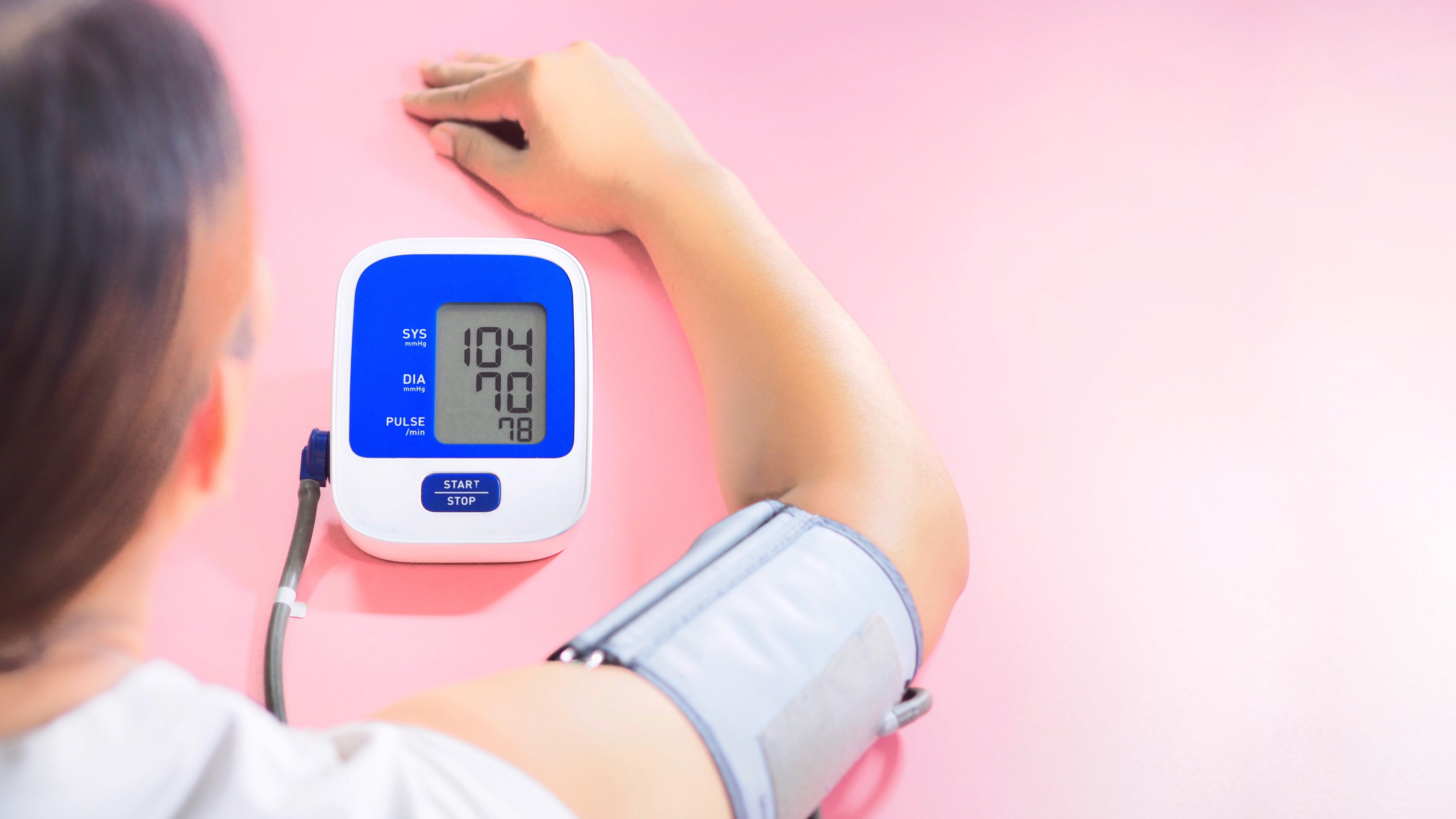Article
Enhanced Screenings with Smartphone App No Better than Standard Blood Pressure Cuff, Study Shows
Results of the HOME BP study suggest a linked smartphone application combined with standard blood pressure monitoring did not result in superior blood pressure reductions than a standard approach.

Enhanced self-measured blood pressure with commercially available connected smartphone apps were not superior to a standard blood pressure cuff for reducing blood pressure or improving patient satisfaction, according to the results of the BP Home study.
A randomized clinical trial comparing use of standard and enhanced self-measurement approaches in more than 2100 individuals, results of the study demonstrate the mean change in systolic blood pressure during the trial was not significantly different among the study arms, with mean reductions of -10.8 (SD, 18) mmHg and -10.6 (SD, 18) mmHg among the enhance and standard self-measured blood pressure groups, respectively.
“The answer from BP Home is clear: there is no significant benefit from enhanced vs standard SMBP when delivered without additional cointerventions or support. Enhanced SMBP does not provide any additional reduction in BP, and patients would not recommend an enhanced SMBP device to their peers more than a standard device,” wrote investigators.
The PCORnet Blood Pressure Home Monitoring (BP Home) Study was led by investigators from the University of California, San Francisco and the National Patient-Centered Clinical Research Network (PCORnet) who sought to compare use of blood pressure self-monitoring with or without a connected smartphone application for improving systolic blood pressure in patients with uncontrolled hypertension. With enrollment and randomization occurring between from August 3, 2019-December 31, 2020, investigators identified a cohort of 2101 individuals from 23 PCORnet practice sites who reported having uncontrolled blood pressure at their last clinic visit, a desire to lower their blood pressure, and a smartphone.
These individuals were randomized in a 1:1 ratio to blood pressure monitoring with or without an accompanying smartphone application, then followed for 6 months to examine potential changes in systolic blood pressure from the baseline visit to the most recent visit. Investigators noted the difference in reduction of systolic blood pressure was the primary outcome measure for the study and data related to this outcome was extracted from electronic health records. Investigators also pointed out blood pressure cuffs were distributed through the mail and no clinician engagement was undertaken during the study.
The overall patient cohort had a mean age of 58 (SD, 13) years, 43% were male, and 31% were non-Hispanic Black or Hispanic individuals. Art baseline, most reported being comfortable using technology, with a mean comfortability score of 4.1 (SD, 1.1) out of 5.
Upon analysis, results indicated the mean change in systolic blood pressure from baseline to 6 months was -10.8 (SD, 18) mmHg in the group using the smartphone application and -10.6 (SD, 18) mmHg in the standard group (Adjusted difference, -0.19 mmHg [95% CI, -1.83 to 1.44]; P=.81). In an analysis of secondary outcomes, results suggested difference were mostly null, except for documented attainment of blood pressure control to lower than 140/90 mmHg, which investigators pointed out occurred among 32% in the group leveraging the smartphone application and 29% in the group not using the smartphone application (OR, 1.15 [95% CI, 1.01 to 1.34]). Additionally, investigators highlight most participants reported being very likely to recommend their self-measured blood pressure monitoring device to a friend, with rates of 70% and 69% reported among the enhanced and standard measurement arms of the study.
“The results of this randomized clinical trial provide a definitive answer that BP Home provides a definitive answer to the simple, pragmatic question posed by the patient advisory board: should patients with uncontrolled BP be directed to purchase (or be provided) an enhanced SMBP device, spend the time to download and connect their device to a smartphone application, and learn how to use the application to track and use their SMBP measurements, or should they simply pursue standard SMBP?,” wrote investigators.
This study, “Effectiveness of Standard vs Enhanced Self-measurement of Blood Pressure Paired With a Connected Smartphone Application,” was published in JAMA Internal Medicine.




